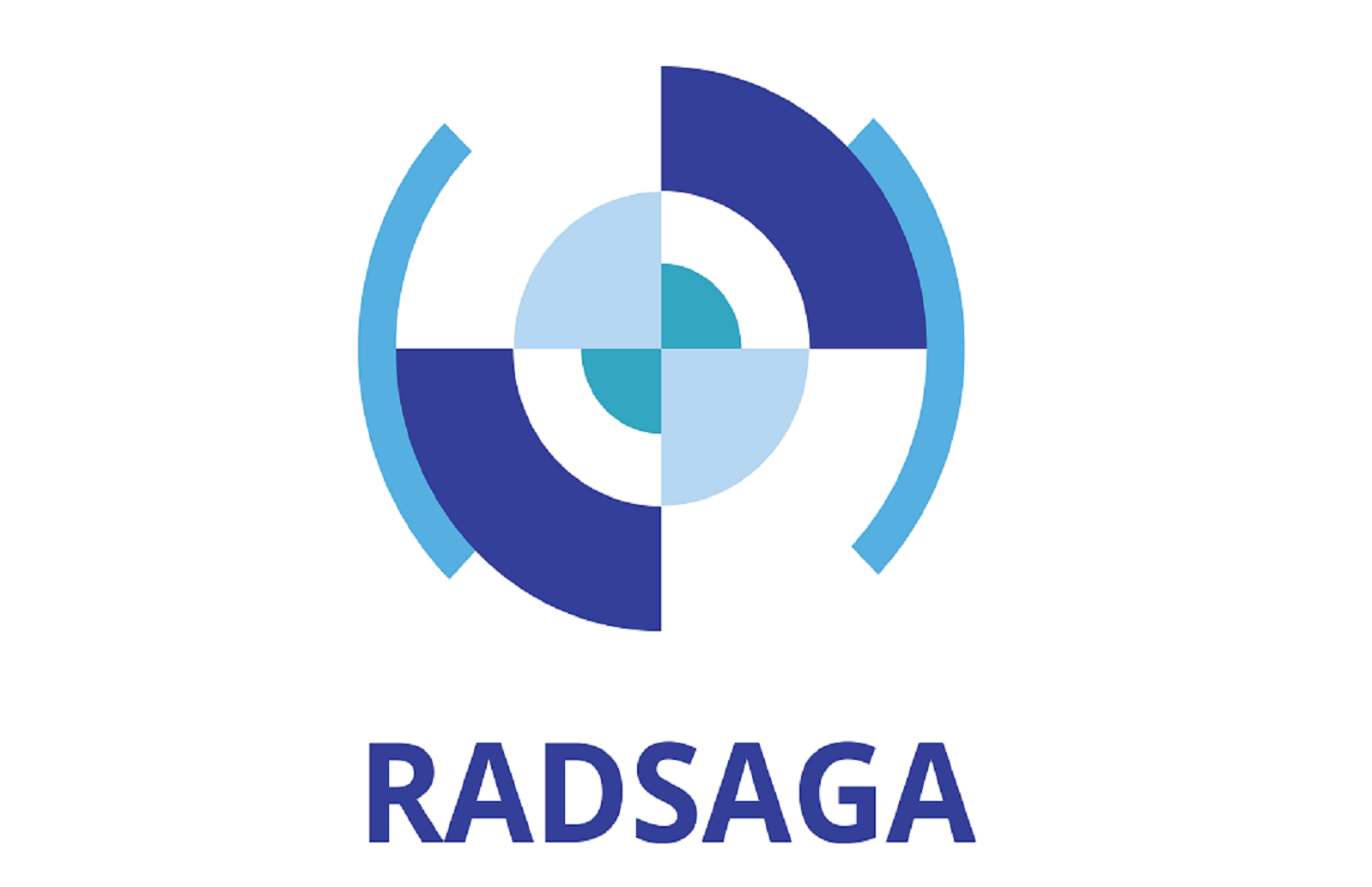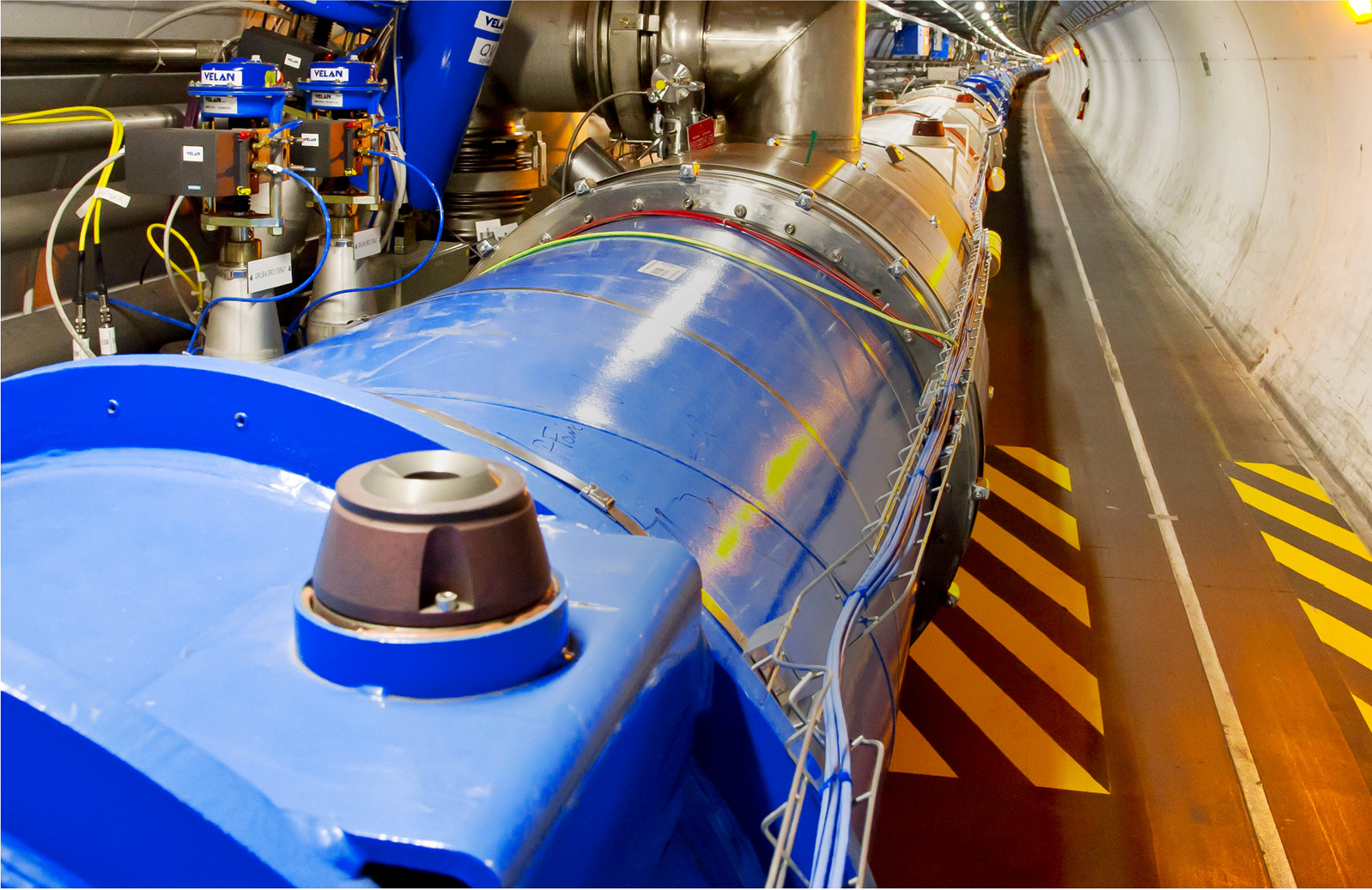Short abstract:
The aim of this PhD project is to advance in our understanding of TID effects in electronics. A recently commissioned electron accelerator located at RADEF (JYU) is used to investigate radiation interactions in materials caused by electrons and Bremsstrahlung X-rays induced by them. The motivation is to study radiation responses of state-of-the-art components by looking at technologies with a long-range perspective because they will be exposed to challenging radiation environments, like those existing in space (e.g. Jovian system) and accelerator laboratories (e.g. CHARM at CERN). An accurate dosimeter to explore calibration and control procedures of electron and X-ray environments with different energies, doses and dose rates will be developed and constructed by the ESR. The study will be performed in close collaboration with all ESR projects of WP1 and utilizing the long experience of UM and CERN in working with electrons and X-rays. As an outcome, both the understanding of TID effects in state-of-the-art components as well as the associated dosimetry capabilities will be enhanced for a broad set of relevant environments.
Long abstract:
The objective of this PhD project is to probe high-energy electron and photon induced radiation effects in component materials of emerging technologies. This is done by studying radiation interactions caused by electrons and photons and keeping in mind proper dosimeter methodologies needed in mixed-field environments existing in space or in accelerator facilities at ground.
The commissioning project (supported by ESA) of Varian's CLinac electron accelerator at RADEF facility will be finalized in February 2016. The purpose is to develop a facility to provide electron and x-ray photon beams for tests of spacecraft components, which are meant to operate in electron-rich environments like e.g. in Jovian system (c.f. ESA's JUICE project) and MEO orbits. Creation of electron-hole pairs in e.g. silicon takes place via very different interactions when exposed to electrons and gamma-/x-rays. Accelerated electrons can create electron-hole pairs directly, but photons through interactions of three different phenomena; photoelectric effect, Compton scattering and pair production. All these mechanisms are probable in environments with wide ranges of electron energies.
As already stated, a good example is the Jovian system, where energetic electrons can induce electron-hole pairs in component’s sensitive volume either directly or via secondary bremsstrahlung x-rays. Electron accelerator offers a versatile tool to create these interactions for the comparison of so called Total Ionising Dose (TID) damages in components. Accurate doses and dose rates of CLinac will be used to develop a component based dosimeter system to calibrate and control electron- and x-ray beams of different energies and fluxes/fluences in mixed-field radiation environments. Also it is important to study the effects in a component at the same dose levels but obtained with different radiation types and rates. In these development procedures, a sample set of photon- or electron sensitive components will be chosen in close collaboration with University of Montpellier by utilizing their experience in working with Co-60 sources and x-rays. In addition, a selection of materials, which are seen to be used in emerging technologies in the future, will be accommodated whenever possible. Example candidate in the TID dosimetry could be a MOS-sensor, either transistor or capacitor, either based on silicon technology or more beyond the-state-of-the-art component materials, like SiC, GaN etc... This study will be performed by the ESR using the properties of RADEF CLinac. The TID dosimeter is required to be reliable and accurate, and it will be made easily accommodated in various facilities.
Finally, series of calibration and irradiation experiments with electrons and gamma-/x-rays will be performed. Also the higher energy electrons and x-rays existing in the other European facilities will be taken into account. In this respect, especially interesting is the mixed field environment of CHARM facility and the challenges in its dosimeter and calibration issues. Therefore, this study will be an important addition to the development work performed in the facility’s dosimeter applications.
It should be noted that this kind of cross-checking between different interaction effects created with electrons and electron induced x-rays has not been done before and the answering to requirements of new dosimeter technologies would need innovative solutions from the ESR. Nevertheless, and as was stated earlier, the results would give valuable information about the radiation durability of the state-of-the-art electronics in satellites at MEO orbits and in the forthcoming JUICE mission spacecraft of ESA as well as in the accelerator environments at ground.
By performing these experiments the young engineer/researcher will get well acquainted with the test procedures and will have the opportunity to undertake both long term and also a series of shorter secondments in the partner facilities. In addition, this training provides the student with necessary skills in becoming group leader in the academic or business world. The deliverables of the project will include study reports and the results will be made public in refereed publications and presentations given in various conferences and workshops. The presentations along with the publications will permanently be located on the ITN websites. The fourth year in the project is reserved for the student to write his/her PhD thesis and finish the coursed needed for the doctoral degree. The funding of this year will be covered by University of Jyväskylä from one of its Graduate School for Doctoral Studies programmes. The radiation safety requirement obeyed in different facilities is also an important issue and is one of the topics, which the student will be required to study when his/her working career in the field of radiation starts. Therefore, a course, provided by e.g. University of Jyväskylä, on “Basics of radiation protection and personal dosimetry implemented at the working places” is also recommended to be included in the studies. The course exam will follow and the conferred credits can be used as a personal merit in his/her CV.
Deliverable & Milestones Lists:
- Choice of components to be used in the experiments
- Pre-study for the electron beam dosimeter system at RADEF-CLinac
- Report of the experiments performed with RADEF-CLinac
- Radiation test report and conclusions from the electron and x-ray experiments with the developed detectors
- All results and reports will be published and presented in international conferences, workshops and graduate schools
- PhD thesis, which will be written at the end of work
Beneficiary:
University of Jyväskylä
Supervisor:
Research Director, Dr. Ari Virtanen & Dr. Heikki Kettunen (University of Jyväskylä)
Co-supervisor:
Prof. Sylvain Girard (University of Saint Etienne)
Planned secondments:
[total: 10 months]: CERN (Dr S. Danzeca): [2m] For mixed field radiation testing at the CHARM facility; RUG (Dr E. van der Graaf): [1m] Radiation safety issues including medical dosimetry techniques; UM (Dr J. Boch): [2m] For calibrations and comparing electron TID test results with the ones of X-rays and 60-Co gammas; PSI (Dr W. Hajdas)[1m]: For detector calibration and component testing in high energy electron beam; [2m] UJM (Dr S. Girard): Fiber based sensors for gamma rays, X-rays and protons. Other Facilities: [2m] Several short term periods in other facilities and partners which make use of the irradiation services.
Position has been appointed to Daniel Söderström. Click here for Profile.




